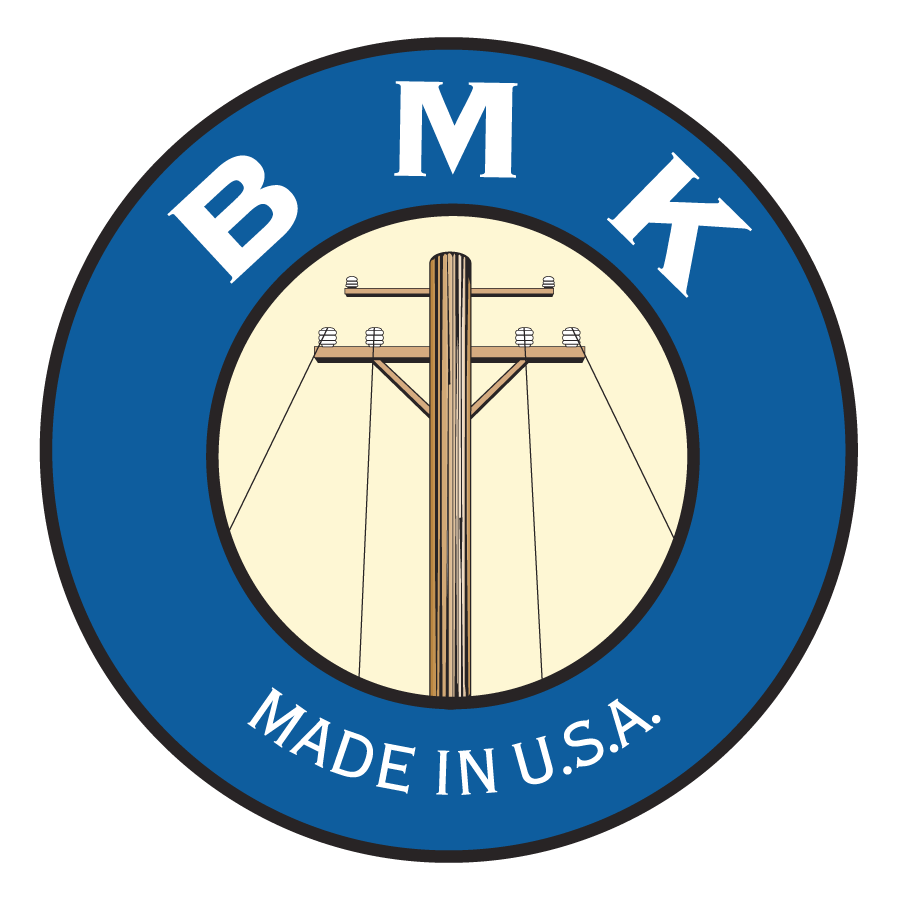Adhesion Strength
A measure of how strong the bond between two materials is. This can be done in terms of load, stress, energy or work required to break the interphase.
Auger
A tool with a large helical bit for boring holes in the ground.
Backfill
Replacing the void that was created after setting a post.
Bonding Properties
Polyurethane adhesives are formed by the reaction of various types of isocyanates with polyols. The polar urethane group enables adhesion to various surfaces. Depending on the raw materials, glue lines with rubber-like elastic to brittle-hard behavior can be achieved.
Chemical-Resistant Gloves
Chemical-resistant gloves protect the hands against various substances that vary in danger. Wearing chemical-resistant gloves help fend against cuts, burns, extreme heat, abrasions, chemicals, and other harmful substances.
Compressive Strength
The resistance of a material to breaking under compression.
DIY
The act of decorating, building, and making repairs at home by oneself rather than employing a professional. Do-It-Yourself.
DOT
Department Of Transportation.
Environmental Stewardship
The responsible use and protection of the natural environment through conservation and sustainable practices to enhance ecosystem resilience and human well-being.
EPA
Environmental Protection Agency: an independent federal agency, created in 1970, that sets and enforces rules and standards that protect the environment and control pollution.
Eye Protection
Goggles or glasses are forms of protective eyewear that enclose the eye area in order to prevent particulates, infectious fluids, or chemicals from striking the eyes.
Flexural Strength
The flexural strength of a material refers to maximum bending stress that can be applied to material before it yields.
Free Rise Core Density
Density is a measurement of weight per unit of volume. In the case of foam, it is measured in pounds per cubic foot (pcf). In other words, the density of foam is expressed by measuring the weight of a single cubic foot of foam material.
Freeze-Thaw Cycles
A freeze-thaw cycle (FTC) occurs when air temperature drops low enough to freeze water (32°F), then increases enough for it to thaw again. FTCs usually occur most frequently in the wintertime, though have the potential to occur at any time of the year.
Global Warming Potential (GWP)
GWP is based on a number of factors, including the radiative efficiency (infrared-absorbing ability) of each gas relative to that of carbon dioxide, as well as the decay rate of each gas (the amount removed from the atmosphere over a given number of years) relative to that of carbon dioxide.
Humidity
A quantity representing the amount of water vapor in the atmosphere.
Inert
Chemically inactive.
Level
A device for establishing a horizontal plane. It consists of a small glass tube containing alcohol or similar liquid and an air bubble; the tube is sealed and fixed horizontally in a wooden or metallic block or frame with a smooth lower surface. The glass tube is slightly bowed, and adjustment to the horizontal is indicated by movement of the bubble. The device is on a level surface when the bubble is in the middle of the glass tube.
Mix Ratio, By Volume
In chemistry and physics, the dimensionless mixing ratio is the abundance of one component of a mixture relative to that of all other components.
OSHA
Occupational Safety and Health Administration: the State agency responsible under a Plan approved under section 18 of the Act for the enforcement of occupational safety and health standards in that State.
Ozone Depletion Potential (ODP)
The relative amount of degradation to the ozone layer a chemical compound can cause.
Post Material Types
Refers to the types of poles used for signage, fencing and post setting. Typical types of posts are wood, metal, composite and concrete.
PPE
Personal Protective Equipment: specialized clothing or equipment worn by an employee for protection against infectious materials.
Rigid Urethane Foam
Polyurethane foam is a synthetic polymer that contains urethane radicals. Polyurethane foam is used to provide insulation and protection of material against external sources that propagate corrosion. Polyurethane foam is also characterized by a short treatment time and, after curing, it retains its chemical neutrality.
Set Time
The amount of time a particular chemical compound takes to set completely, under standard conditions.
Shear Strength
The shear strength of a material is defined as its ability to resist forces that cause the material’s internal structure to slide against itself. The shear strength of a material can be measured in either the vertical or horizontal direction.
Shelf Life
The length of time for which an item remains usable, fit for consumption, or saleable.
Shrinkage
A common function of the curing process, shrinkage is the loss of cell structure based on the result of gases rapidly escaping.
SMOG
A fog made heavier and darker by smoke and chemical fumes. Also described as a photochemical haze caused by the action of solar ultraviolet radiation on atmosphere polluted with hydrocarbons and oxides of nitrogen, especially from automobile exhaust.
Tamping
To compact something down by a succession of light or medium blows.
Temperature Differences
Subtract the final temperature from the starting temperature to find the difference.
Tensile Strength
The maximum stress that a material can bear before breaking when it is allowed to be stretched or pulled.
Water Absorption
The amount of water absorbed by a material and is calculated as the ratio of the weight of water absorbed to the weight of the dry material.

